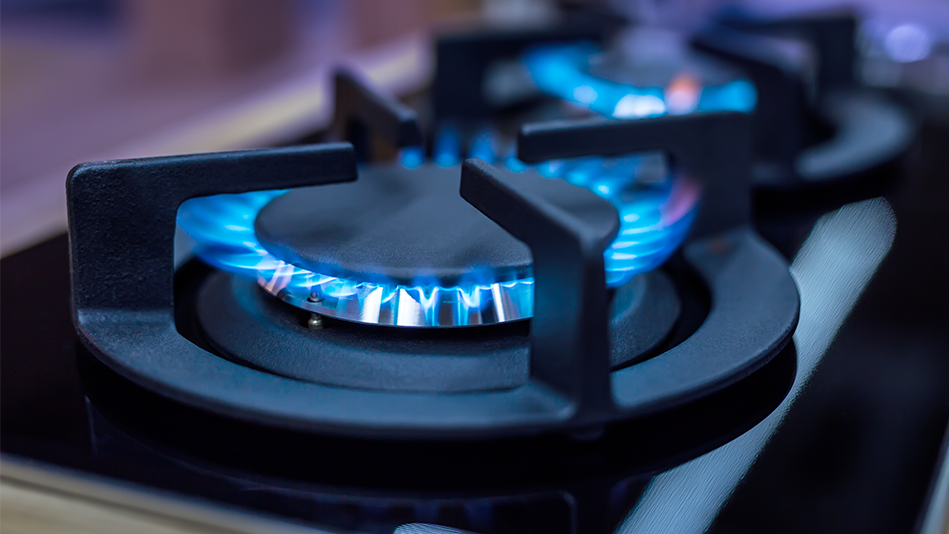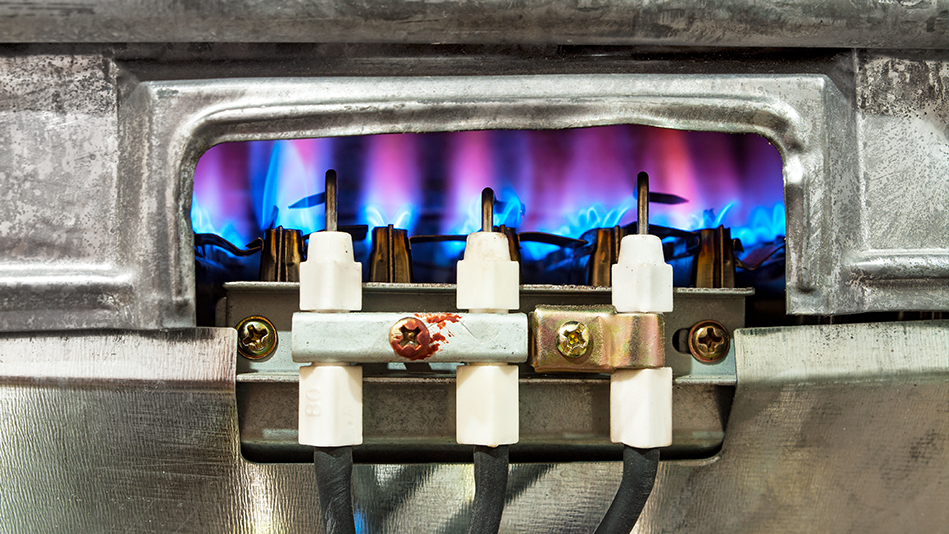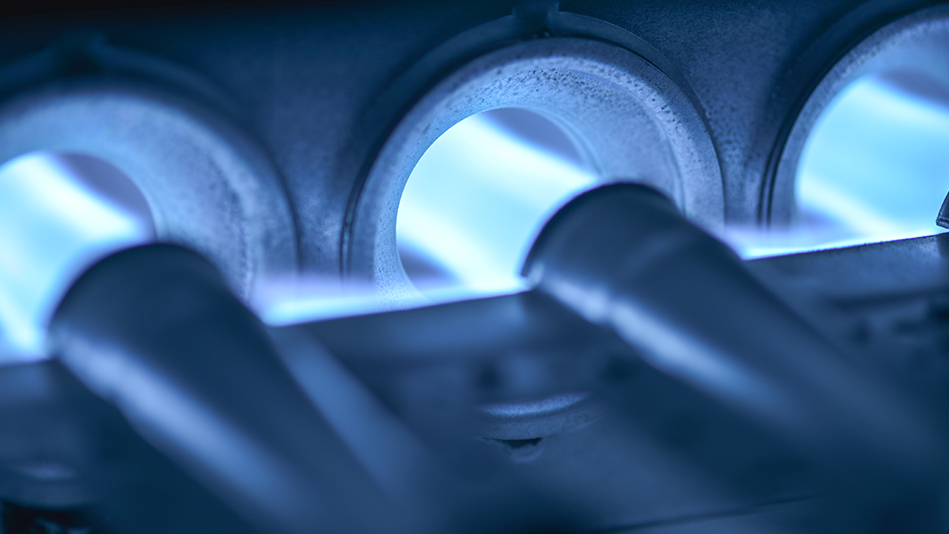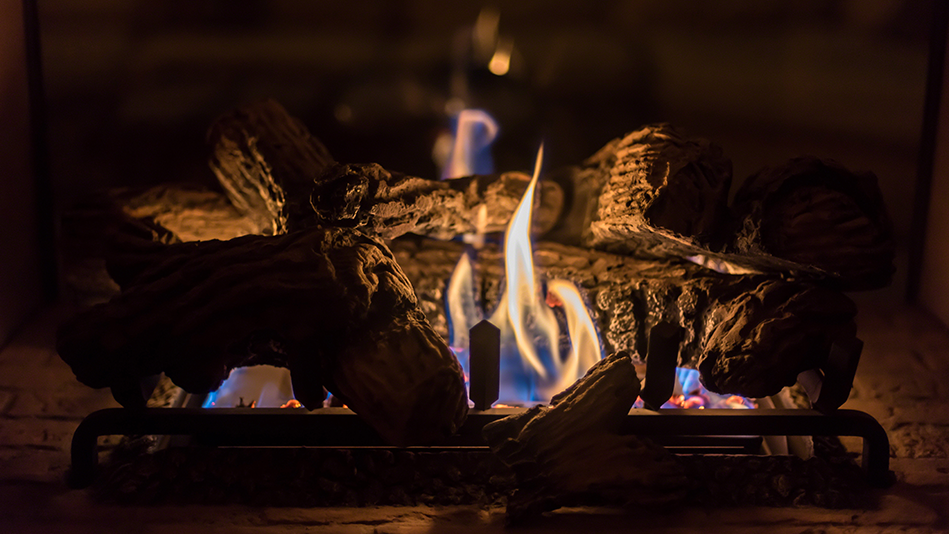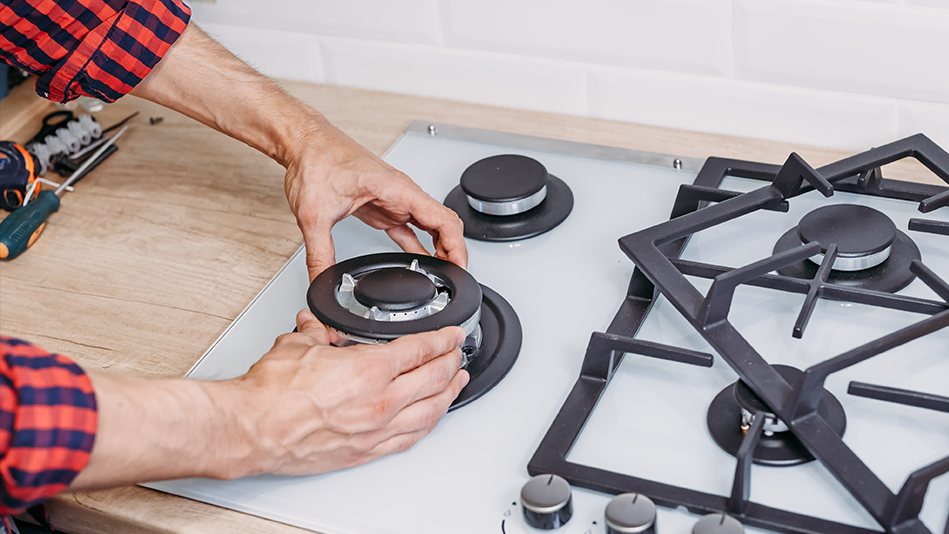With gas appliances come great responsibility. Okay—maybe not at superhero levels, but having gas appliances can be dangerous if they aren’t maintained properly. If you want to become the hero of your home, these maintenance tips can help provide protection while extending the life of your gas appliances.
After any gas appliance maintenance, relight your pilot light safely with these tips.
Gas stove and oven maintenance
Besides your typical stove and oven cleaning schedule, a gas stove runs differently from an electric one, so it will require a bit more specialized maintenance. But no matter which kind you’re working on, make sure all burners and the oven are cool to the touch before cleaning.
How to clean gas stove grates
Gas burners need some space between them and the pans you cook with, so your stove will have grates to create that space. These gas stove grates can cover individual or multiple burners, and they should be easily removable by simply lifting them up and off the stove.
You’ll want to soak and scrub these grates once a month—a lightly abrasive powder may be used to assist in removing any stubborn, cooked-on buildup. Once all other aspects of the stovetop are cleaned, dried, and reassembled, replace the gas stove grates into their assigned slots.
How to clean gas stove burners
If food can get onto and beneath the grates, it can also get into and clog the burner channels, setting you up for uneven cooking. If the flames are not coming out in an even circle, it’s time to clean the burners. For models with a standing pilot light, ensure you turn off the gas valve before removing any parts.
- Remove the burner cap, then gently lift the base (you may need to remove screws) and disconnect the wires. Make note of which caps and bases belong to which parts of your stove, so as not to mix them up later.
- Clean the burner cap and base with a soft scrubbing pad and a mild cleaner. DO NOT place them in the dishwasher (unless noted in your user manual).
- Gently use a needle, a straight pin, or a small gauge wire to clean out any clogged burner channels, ensuring you do not force any distortion or enlargement of the ports. DO NOT use a toothpick or other similar item under any circumstances —a piece could break off in the channel and create bigger problems.
- Once all items are fully dried, reinstall the burner base snugly, and place the burner cap atop the base. Ensure any alignment pins are properly aligned (if available), and that the caps and bases are matched up correctly. The secured cap should have very little range of movement and fit flush with the burner base.
- Once everything is securely back in its original position, ensure your gas valve is turned back on, light your pilot light (if needed), and turn on the burners for a test run. If the burner does not light, verify the cap is aligned properly and the burner caps and bases are with their correct partners.
Gas water heater and boiler maintenance
Your gas water heater only needs maintenance about once every six months. Our step-by-step gas water heater maintenance video makes it easy to know what to keep an eye out for, how to test the pressure relief valve, how to drain out and refill your water heater tank, and how to safely get your pilot light going again.
If you have a boiler, it serves the dual purpose of both heating the water you use (for showers, dishwashers, etc.) and heating your home. Boiler maintenance is similar to gas water heater maintenance, in that you’ll want to fully drain and flush the system every six months.
Additionally, you can descale any lime buildup as needed and inspect water levels on a regular basis, keeping an eye out for leaks. Lastly, make sure to lubricate any moving parts twice a year.
IMPORTANT: If you see any leaks or puddling around your boiler, call a professional as soon as possible. Leaks could mean the internal pressure is too high, which may be dangerous for your home.
Gas furnace maintenance
Gas furnace maintenance can save you money. By changing gas furnace filters regularly, in addition to cleaning out the ductwork, vents, and registers, and visually evaluating your unit’s parts for wear and tear, you’re helping to ensure your unit doesn’t work harder than it has to while warming your home.
Remember: A little gas furnace maintenance can help keep your energy bills down and prevent expensive breakdowns from extra wear and tear. Read our furnace maintenance step-by-step guide for what to look for and how to clean it out.
Gas fireplace maintenance
As enjoyable as using a gas fireplace is, sometimes it’s left off the cleaning schedule on the assumption that there’s no mess to deal with. It’s important to realize that even burning gas leaves behind a residue, and that residue (along with your standard daily dust, and even spiders) can eventually clog your burners without monthly gas fireplace maintenance and an annual professional inspection in the late summer or early fall.
Before you get started, turn off the gas and ensure all components are completely cool. Place a drop cloth or some old towels nearby, then use your owner’s manual instructions to disassemble the pieces of your fireplace and place them on the cloths (protecting your flooring beneath). These should include vented logs, and your glass, metal or mesh screens.
IMPORTANT: Vent-free gas logs should only be removed by a licensed technician, as even light brushing can create a safety hazard.
Pro tip: Taking photos along the way can help you remember what goes where when it comes time to reassemble it.
Carefully vacuum away excess dirt and dust from inside the fireplace with the wand or brush attachments. If your fireplace uses decorative rocks that are small enough to be sucked into the vacuum, secure some cheesecloth or an old stocking around the end with a rubber band. This will prevent the rocks from being sucked up while still collecting the dust.
Safety tip: Never use any cleaning solution or damp cloths on your logs, as these could harm the finish that protects them from the heat of the flames. Use a clean paint brush or a soft, dry cloth to dust off your vented gas logs instead.
Clean the glass screen with a fireplace glass cleaner solution and dry it off with paper towels or newspaper. Ensure it is fully dry before reassembling the fireplace. For a metal screen or mesh curtain, vacuum both sides with the brush attachment.
If your gas fireplace is vented outside, this is a good time to check on any external vent ports as well, and to clean away any debris that may have collected around them.
If you discover any signs of damage on any of your gas fireplace components, replace them before your next use.
Gas appliance repairs
Is your budget ready if any of these appliances or home systems break down? America’s Preferred Home Warranty (APHW) may be able to help. Discover what we cover or call 866.521.1388 today to get peace of mind against unexpected expenses.
Visit us on Facebook, LinkedIn, Twitter or Instagram to tell us your thoughts!

